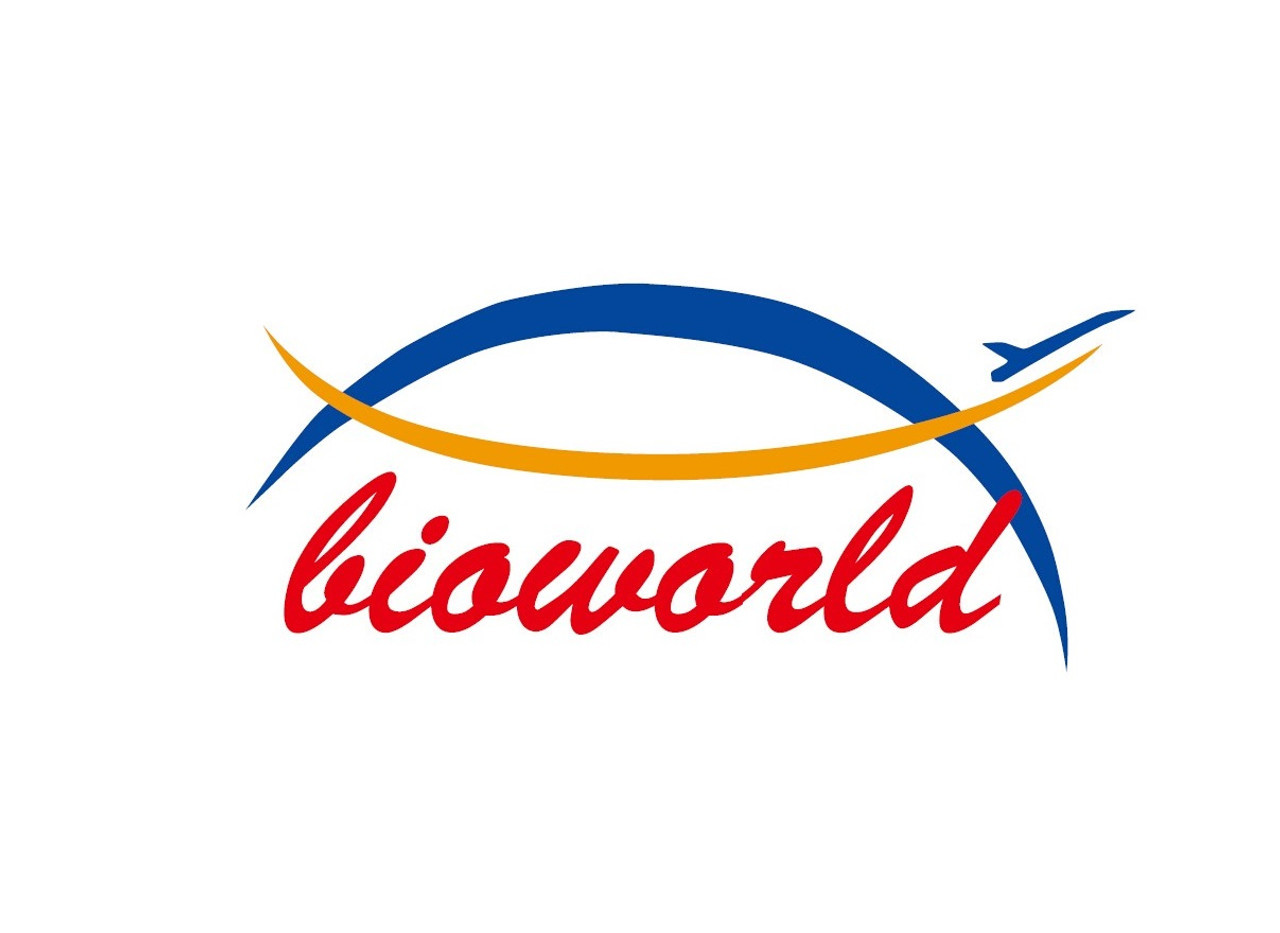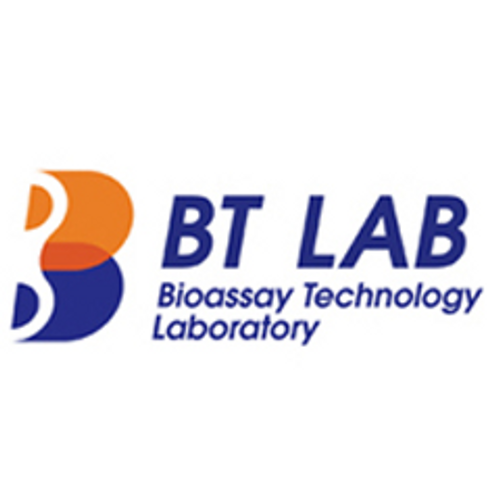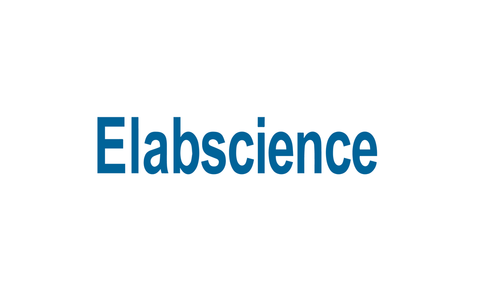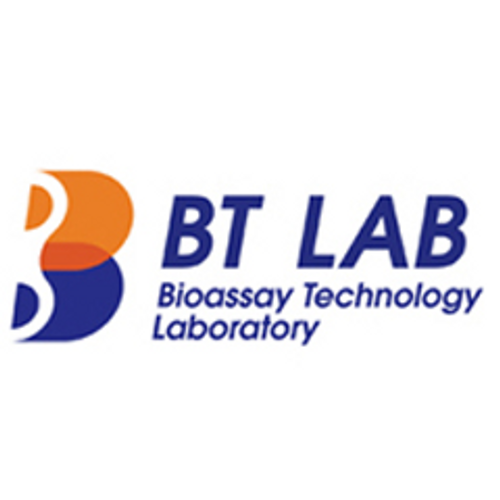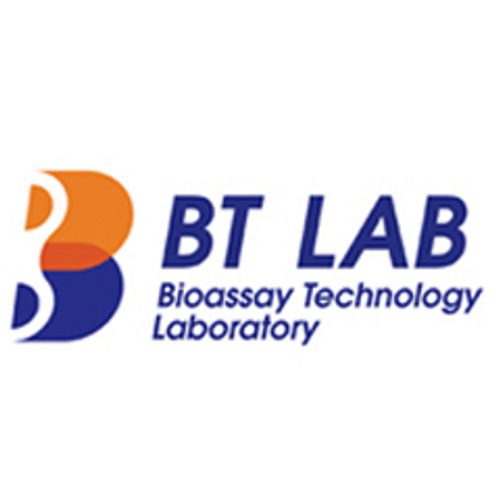Product Description
p53 (phospho-S33) polyclonal Antibody | BS4146 | Bioworld
Host: Rabbit
Reactivity: Human,Mouse,Rat
Application: WB
Application Range: WB: 1:500~1:1000
Background: p53 plays a major role in the cellular response to DNA damage and other genomic aberrations. The activation of p53 can lead to either cell cycle arrest and DNA repair, or apoptosis. p53 is phosphorylated at multiple sites in vivo and by several different protein kinases in vitro. p53 can apparently be phosphorylated by ATM, ATR, and DNAPK at Ser15; the phosphorylation impairs the ability of MDM2 to bind p53, promoting both the accumulation and functional activation of p53 in response to DNA damage. Chk2 and Chk1 can phosphorylate p53 at Ser20, enhancing its tetramerization, stability and activity. p53 is phosphorylated at Ser6 and Ser9 by ck1d and ck1e both in vitro and in vivo. Phosphorylation of p53 at Ser46 is important in regulating the ability of p53 to induce apoptosis. In vivo phosphorylation of p53 at Ser33 by cdk7/cyclin H and in response to UV irradiation has been observed.
Storage & Stability: Store at 4°C short term. Aliquot and store at -20°C long term. Avoid freeze-thaw cycles.
Specificity: p-p53 (S33) polyclonal Antibody detects endogenous levels of p53 protein when phosphorylated at Ser33.
Molecular Weight: ~ 53,43 kDa
Note: For research use only, not for use in diagnostic procedure.
Alternative Names: Cellular tumor antigen p53; Antigen NY-CO-13; Phosphoprotein p53; Tumor suppressor p53; TP53; P53
Immunogen: Synthetic phosphopeptide derived from human p53 around the phosphorylation site of Serine 33.
Conjugate: Unconjugated
Modification: Phosphorylation
Purification & Purity: The Antibody was affinity-purified from rabbit antiserum by affinity-chromatography using epitope-specific immunogen and the purity is > 95% (by SDS-PAGE) .
Pathway: Regulation of Apoptosis,Hypoxia Signaling,Warburg Effect,Signaling Pathways Activating p38 MAP KinaseCell Cycle Control G1 S Checkpoint,Examples of Crosstalk Between Post-translational Modifications,Cell Cycle G2 M DNA Damage Signaling Pathway,
 Euro
Euro
 USD
USD
 British Pound
British Pound
 NULL
NULL

